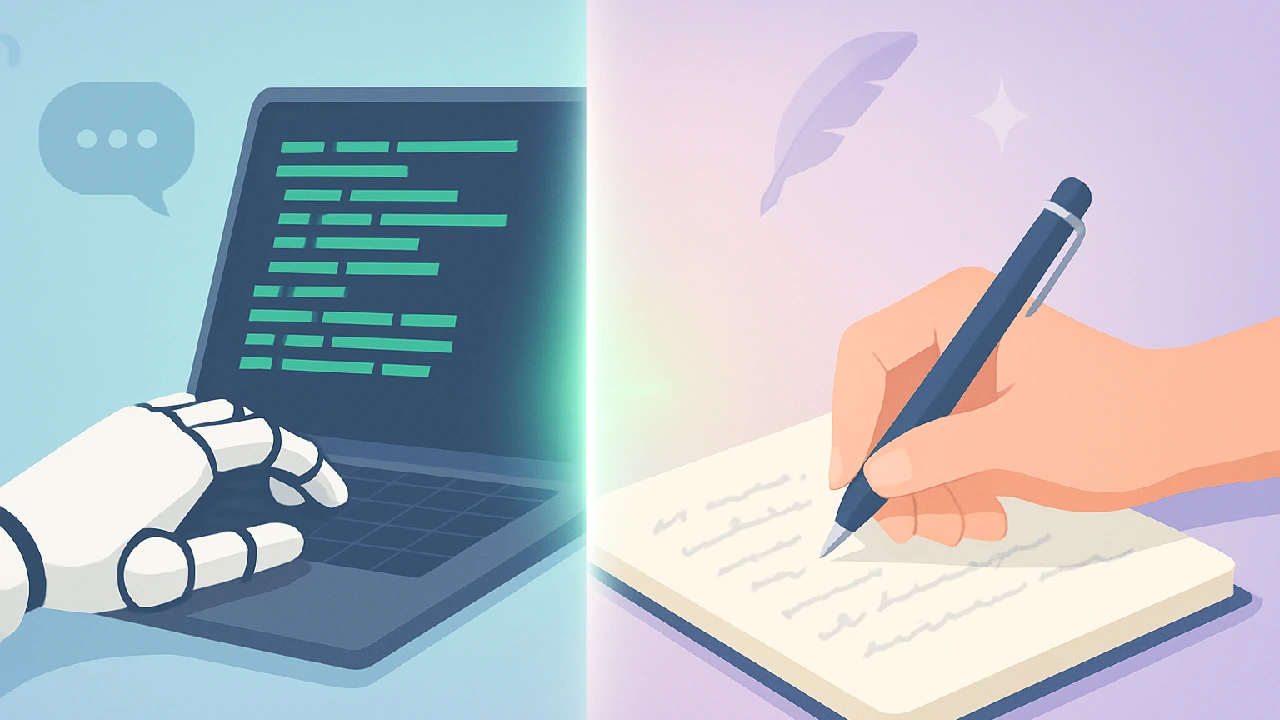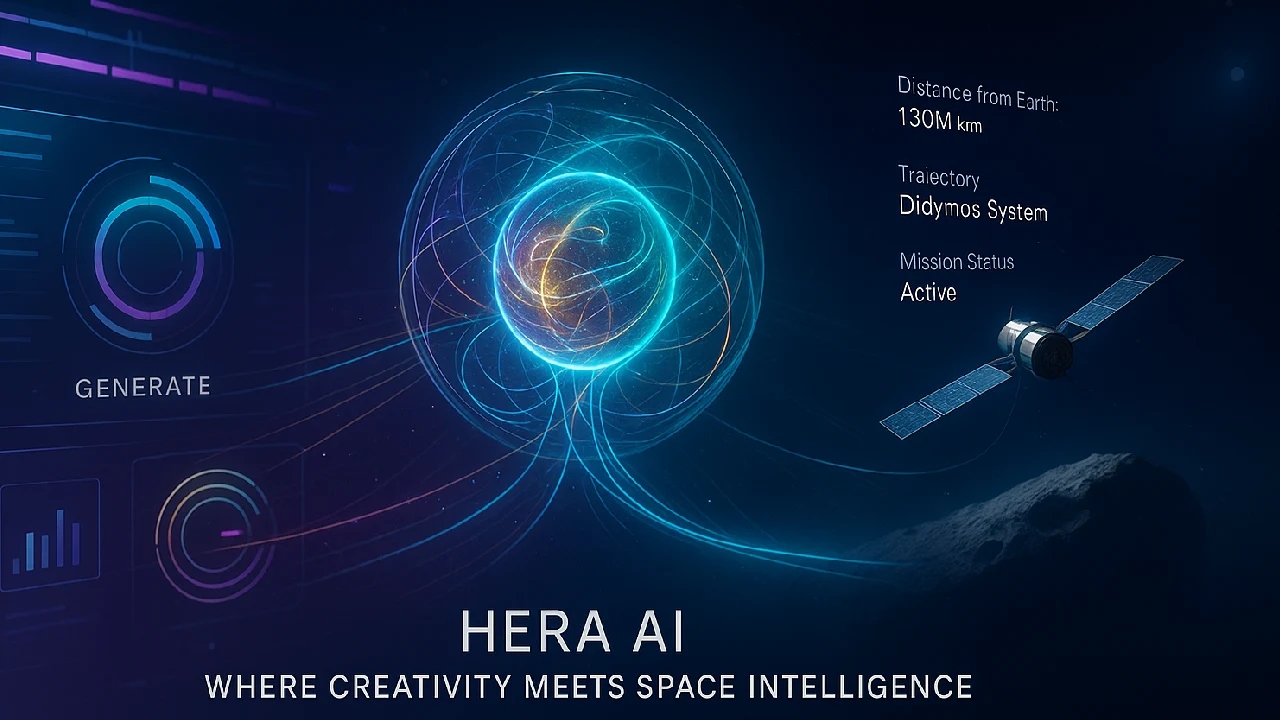AI to Human Text solutions convert robotic AI content into natural, human-like writing, making it authentic, entertaining, and safe for usage in blogs, essays, and corporate documents.

AI to Human Text has fast become one of the most popular search terms in 2025. With AI-generated writing taking over the internet, schools, and workplaces, people are looking for ways to make machine text sound natural, engaging, and secure from detection technologies. Whether you are a student, content producer, or business professional, understanding how AI to Human Text technologies function will help you avoid rejection, plagiarism, or simply boring writing.
What is AI to Human Text
AI to Human Text refers to a new set of tools that turn machine-written text into natural, human-like writing. The concept is straightforward: AI writing models like ChatGPT, Gemini, and Claude are effective, yet they frequently leave behind “robotic fingerprints.” These include repetitious wording, stiff grammar, and predictable word patterns that detectors can quickly identify.
AI to Human language technologies intervene to rewrite, reorganize, and improve the language so that it reflects how a real person would communicate the same idea. Instead of sounding flat and homogeneous, the information becomes conversational, diverse, and authentic.
For example, an AI might generate:
“The meeting was productive. Many ideas were shared. The team decided on a plan.”
An AI to Human Text tool could rewrite this as:
“The meeting turned out quite productive — people bounced around ideas and eventually agreed on a clear plan of action.”
The difference? The second version flows naturally, showing human nuance.
Top AI to Human Text Tools in 2025
1. Undetectable AI
Undetectable AI, one of the most well-known names in this sector, specializes in avoiding detection systems while preserving readability. It supports several tones, including casual, professional, and academic, making it useful for both students and producers.
2. Humanize AI
As its name suggests, Humanize AI specializes in quick conversions. It is ideal for short-form content like essays, captions, social media posts, or email drafts. Its simple interface makes it beginner-friendly.
3. AI Humanizer
This instrument is commonly used in education, particularly among students. It transforms AI-written research papers or notes into authentic-looking academic literature. It is very effective at preserving context while removing robotic phrases.
4. Originality AI (Reverse Mode)
Originally created as a plagiarism and AI detection tool, Originality AI now includes a “reverse” option. When your content gets highlighted, it allows you to rapidly edit and humanize the writing, which is beneficial for professional publication.
5. Stealth Writer
Built for bloggers and marketers, Stealth Writer focuses on long-form content. It rewrites blogs, ebooks, and reports into human-sounding narratives, making them more engaging for readers while staying detection-safe.
How AI to Human Text Tools Work
To mask robotic architecture, the majority of these tools combine rephrasing engines, natural language modeling, and synonym replacement. Here is a breakdown of their work process:
- Sentence Restructuring: Breaks long, monotonous AI-style sentences into natural short and long variations.
- Vocabulary Enhancement: Replaces repeated AI word choices like “significant,” “important,” or “crucial” with more diverse alternatives.
- Tone Conversion: Makes text sound conversational, academic, or professional depending on the context.
- Human Style Flow: Adds subtle fillers, casual phrasing, or transitions that AI usually avoids.
- Detector Safety: Optimizes text to pass through plagiarism or AI detectors by removing predictable AI patterns.
Some advanced platforms even let you select your preferred style, including “casual blog,” “formal research,” or “storytelling mode.”
Why AI to Human Text Matters
The necessity for these technologies isn’t just about evading AI detectors; it’s about communicating. In an age where AI-generated material is ubiquitous, people desire writing that is authentic and engaging.
- For Students: Prevents false plagiarism flags in assignments or reports.
- For Writers: Helps make blogs, YouTube scripts, or ebooks more engaging.
- For Businesses: Keeps branding consistent, avoiding robotic customer communication.
- For Job Seekers: Ensures resumes, cover letters, and professional emails sound authentic.
In short, AI to Human Text solutions don’t replace creativity; they make your AI-assisted work sound more authentic.
Who Should Use These Tools
If you’re someone who regularly relies on AI writing, these tools are practically a safety net.
- Students can make AI summaries look like original class notes.
- Content creators can refine blog posts or scripts for natural engagement.
- Marketers can keep brand voice intact while saving time.
- Educators and professionals can ensure their materials don’t appear robotic.
Essentially, anyone who wants to balance AI productivity with human creativity will benefit.







